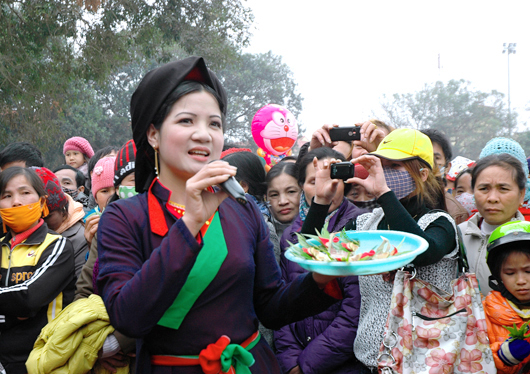What is the betel?
Betel and arequier (cau) already existed on Vietnamese land thousands of years before the Christian era. Chewing betel is a very ancient tradition in Vietnam and also in ancient Southeast Asia.

The betel quid includes a betel leaf with a hint of slaked lime, and a small wedge of areca nuts, accompanied or not by a splinter of Artocarpus root bark. It is chewed for a long time in the mouth and spits out the cinnabar-red-coloured saliva, as well as the residue. All Vietnamese women, until the 60s, practically consumed it; some were taking them in line, non-stop.
Betel in traditional medicine
The combination of these plant elements and lime forms a kind of remedy for a number of ailments: Chewing in the mouth prevents bad breath and decreases cavities, and the stinging betel leaf for taste and smell, of a warm nature, is antiseptic, can calm colic, aerophagia, bloating, fight rheumatism or hiccups of children, the myopia of the elderly, intestinal infections.
It is still used as friction against cooling, applied to boils to ripen, or in baths against heat buds. The areca nut and its almond are astringent and produce pungent heat. Its astringency causes the dental alveoli to retract and thus consolidate the teeth; chewing exercises the jaws. Areca almond still has intestinal antiparasitic action. Lime helps in the regulation of heart rate.

The custom of betel
The custom of the betel conceals a latent philosophy of the synthesis of several elements: The arequier that tends upwards represents the sky (Yang), lime, a mineral, tends downwards, it represents the earth (Yin); the vine of the betel which, coming from the earth, surrounds the trunk of the tree, symbolizes the position of the conciliatory intermediary.
This dialectical synthesis of Yin-Yang forms a completely harmonious combination. The betel quid where the freshness of the areca almond mix, the pungent heat of the betel leaf, the salty of the slaked lime and the slightly oily sweetness of the Artocarpus root is an exciting one that perfumes the breath, colours the lips, activates the blood circulation of the face imitating certain drunkenness.
Chewing betel without swallowing it gives it an uncommon character since it is neither food, drink, nor product to smoke!

The betel, therefore, plays a special cultural role: Betel participates in the reception of a guest: “Mieng trau la dau cau chuyen” (Before talking, we must chew), or” to ask a girl when she is going to get married, she is often asked: “When you want to invite us to chew the betel?” until now, we meet in the streets, in the countryside, old women who have black teeth and chew betel. The betel is essential at weddings, funerals etc.
Making a betel quid is quite an art
This measures the talent of the woman inside; his way of making the chick and chewing it says a lot about his behaviour, his character and his way of life. In the past, when families went to ask for a young girl’s hand for their boy, they always waited for the moment when the chosen one came to shape the betel and offer the tea to assess her physical beauty as well as her education, character and maintenance. A poorly made betel chick betrays clumsiness in manual work; sewing, embroidery…..
The betel is still the mark of the respect that is shown towards its predecessors. In the tray of offerings on the altar of the ancestors, he always accompanies the areca nuts.



